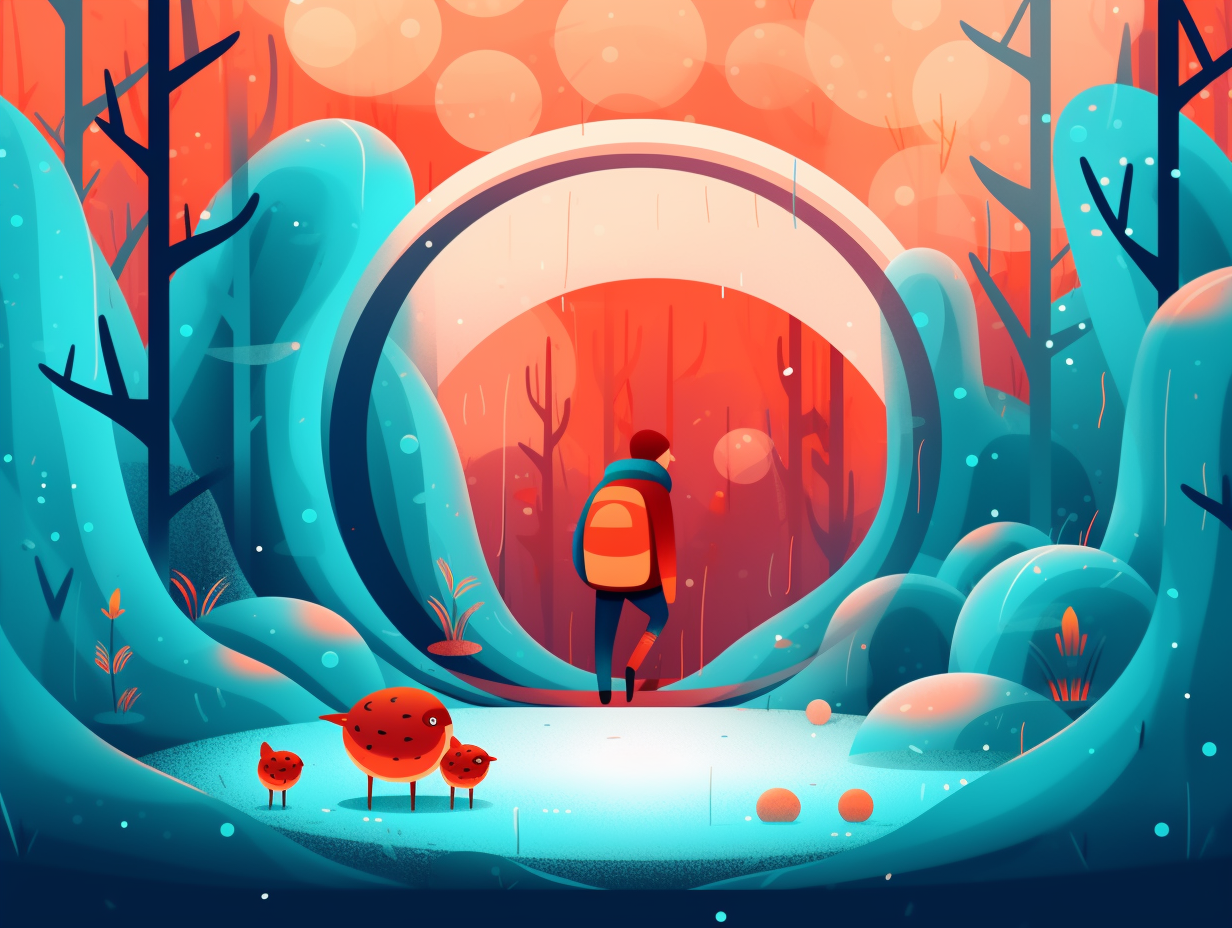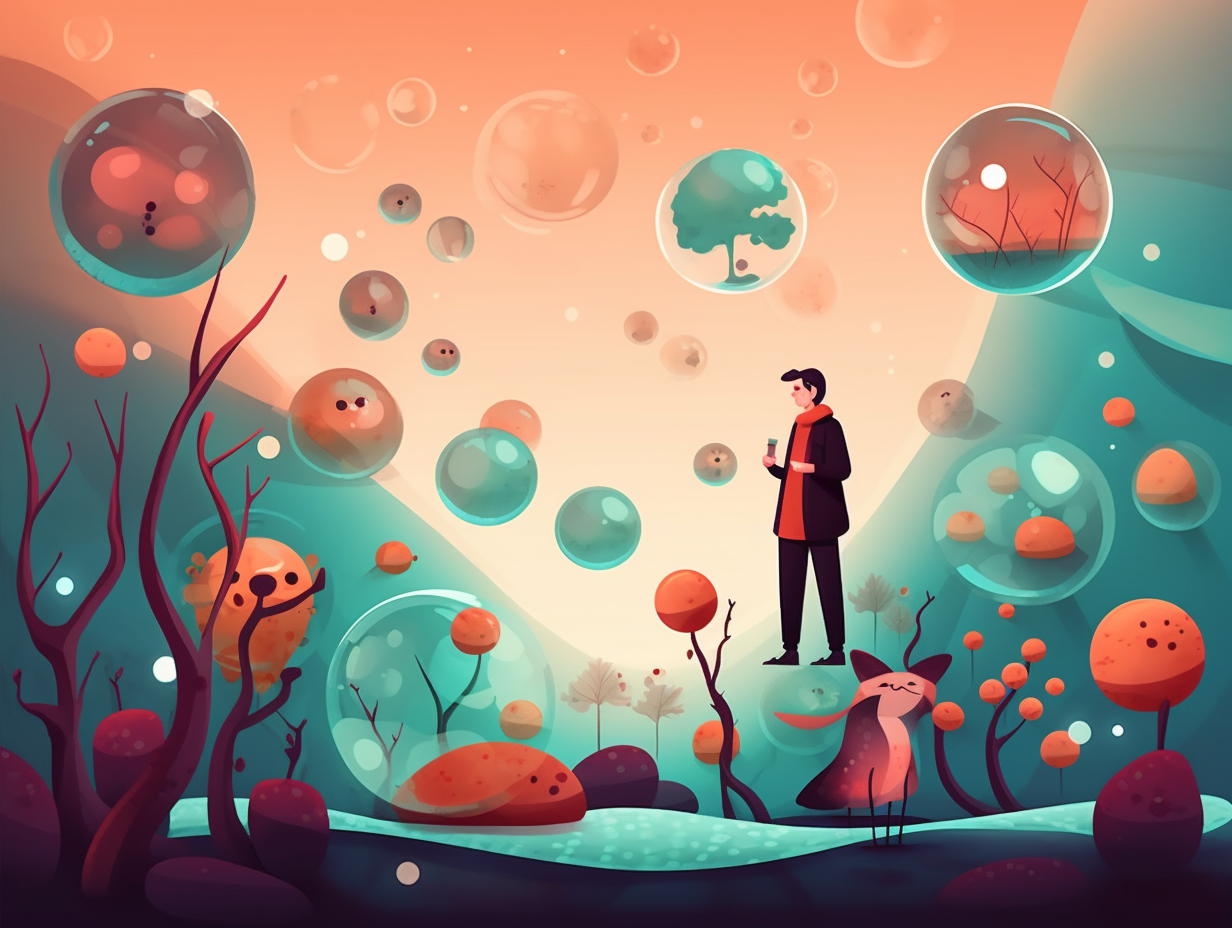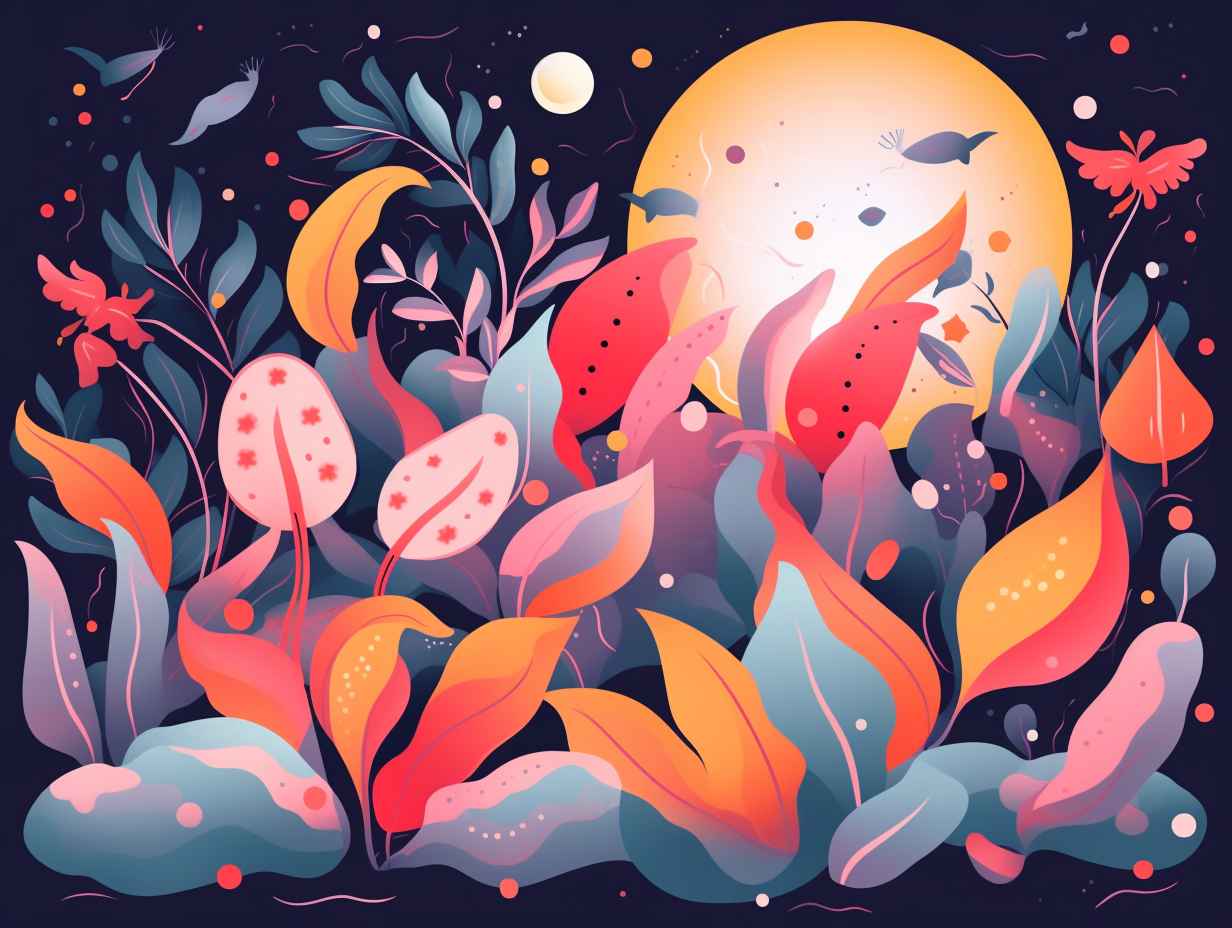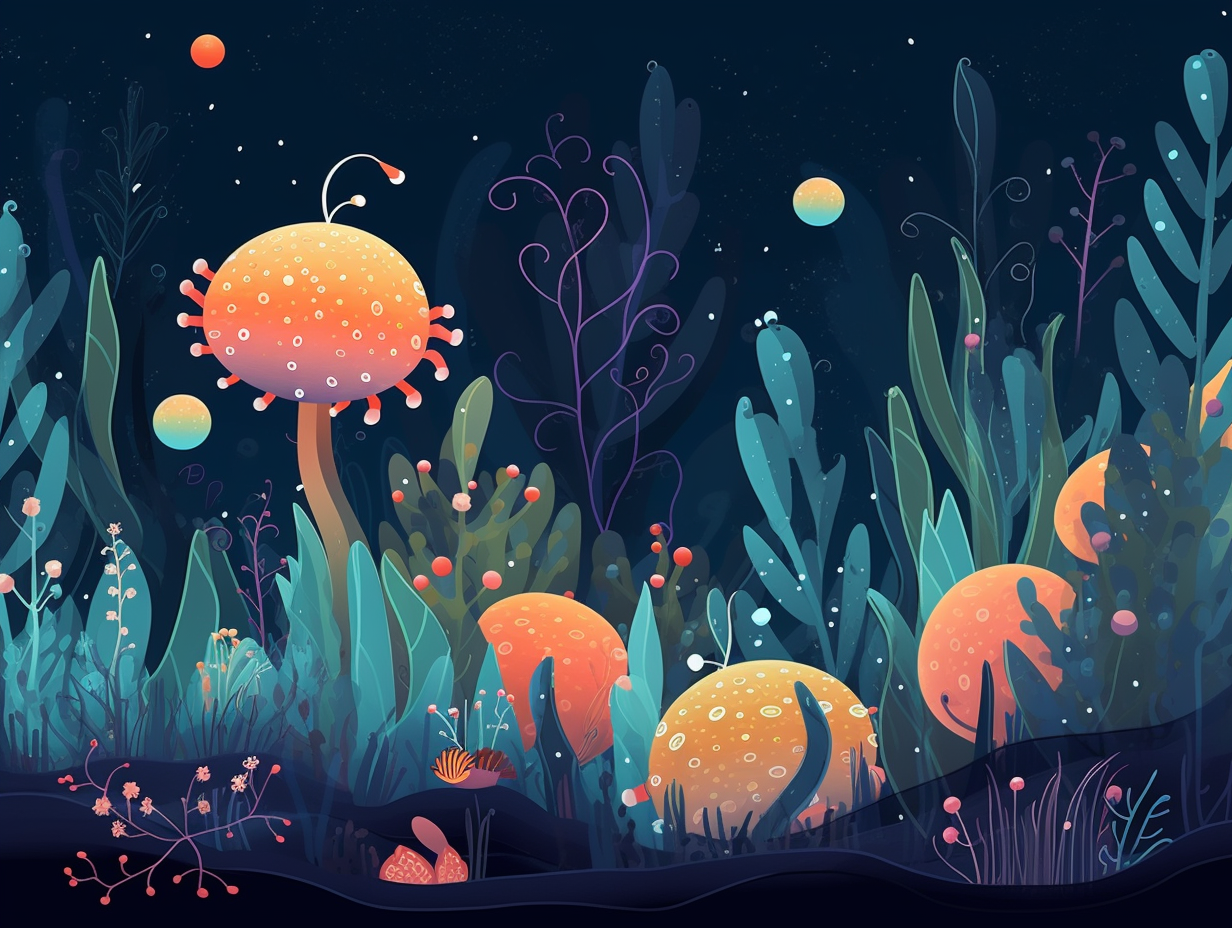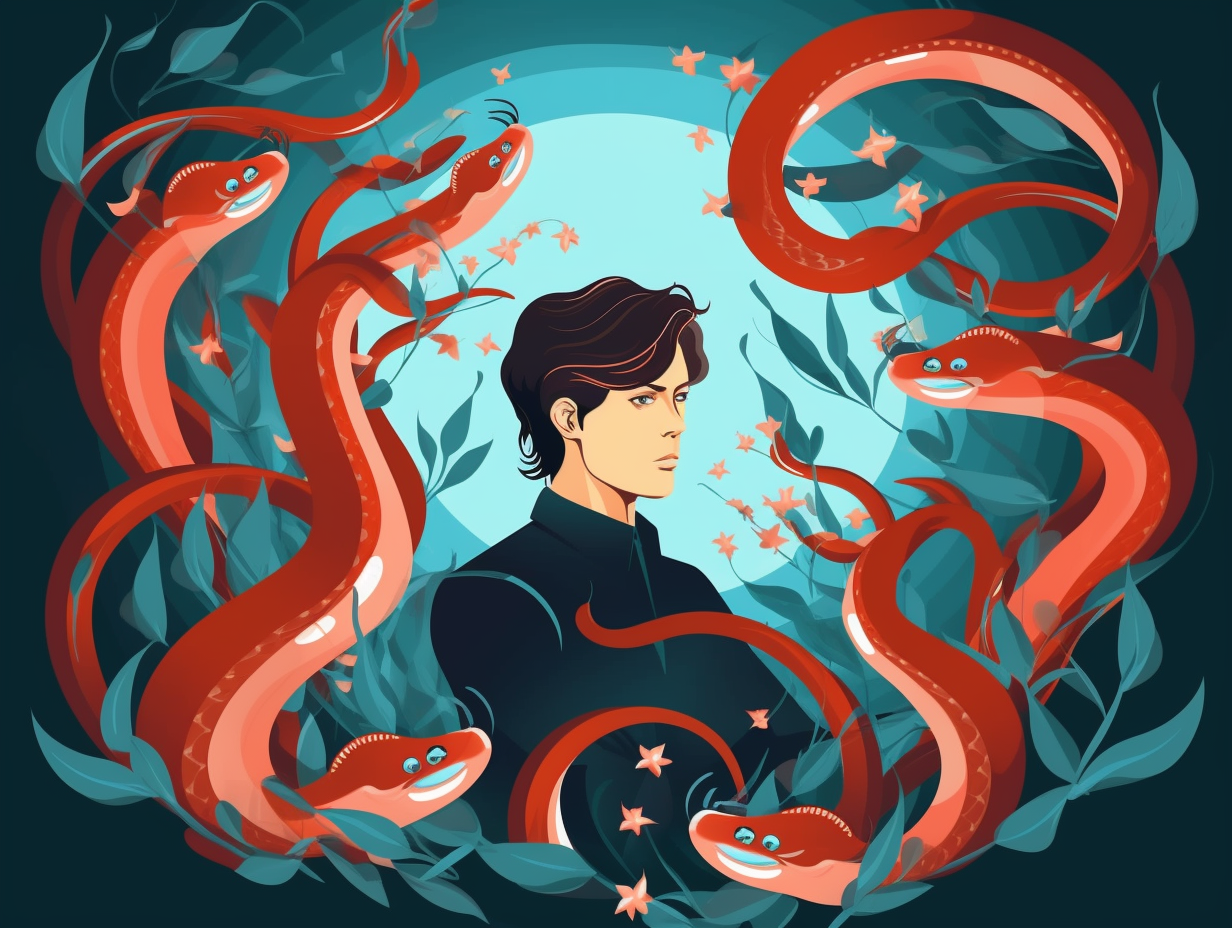Discover the Intriguing World of Heterotrophs: Top 10 Amazing Fun Facts You Never Knew!

1. The After-Party Clean-Up Crew
Behold the unsung heroes of the after-party clean-up crew, the ecological Mr. Cleans: detritivores, a subcategory of heterotrophs, chow down on the remains of plants, animals, and even fecal matter in order to break down and recycle organic waste within ecosystems. These noble creatures include funky fungi, wriggly worms, and insatiable insects.
Source => nationalgeographic.org
2. Nature's All-You-Can-Eat Buffet
Move over, clean-up crew: Mother Nature has her own squad of waste-busters! Aptly named detritivores – an esteemed clique consisting of fungi, worms, and insects – have a unique diet that allows them to keep our ecosystems spick and span: These resourceful heterotrophs munch on the remains of plants and animals, and yes, even fecal matter, breaking down and decomposing organic matter, thus releasing precious nutrients back into the ecosystem for other organisms to use. Now that's one organic recycling program we can all get behind!
Source => nationalgeographic.org

Did you know salamanders are slimy superstars that can regenerate lost limbs, organs, and tissues? Discover their amazing abilities in our fun facts about cells!
=> Fun Facts about Cells
3. Sunlight Snackers
Who turned off the carbon buffet? There's light on the menu, but it's just not enough for the insatiable appetite of some eccentric organisms: Fungi and certain bacteria, known as photoheterotrophs, get their energy fill from sunlight, but they still have to chow down on other beings for a carbon feast!
Source => nationalgeographic.org
4. Tidy-Up Team: Fungi, Worms, and Insects
Nature's tidy-up crew, starring fungi as "The Decomposer," worms as "The Earth Munchers," and insects as "The Cleanup Squad": These heterotrophs, known as detritivores, diligently chow down on dead plants, animals, and even poop, ensuring our ecosystems stay clean, nutritious, and free of waste that would otherwise put a damper on the circle of life.
Source => nationalgeographic.org

5. Heterotroph Chew-ses
From finicky felines to gossiping groundhogs, the animal kingdom's chew-ses are as diverse as your favorite all-you-can-eat buffet: With subcategories such as herbivores, carnivores, omnivores, detritivores feasting on decaying matter, and deposit feeders munching on soil, these creatures have all tailored their own dining habits, complete with personal gut bacteria and long intestines to aid their culinary choices.
Source => bio.libretexts.org
6. Party Crashers of the Food Chain
Heterotrophs: the life of the food-chain party, binging on others' home-cooked meals to survive and never bringing a dish to pass! This all-consuming presence: crucial in maintaining ecosystem balance while providing essential energy and nutrients to many species, ensuring their health and vitality.
Source => cropforlife.com
7. Scavengers: Ultimate Dumpster Divers
Who needs a recycling program when nature has her own clean-up crew – in the form of scavengers, the ultimate dumpster divers: Heterotrophs like vultures and polar bears help maintain the ecosystem by breaking down and consuming dead organic material, adapting their diets to modern environments and even snacking on our trash, though these resourceful creatures sometimes wander too close to developed areas, proving that one bear's trash is indeed another bear's treasure.
Source => nationalgeographic.org
8. Mothman's Thermals & Buffalo Blankets
Ever wondered where Mothman got his thermals? Turns out, he’s got nature to thank: Heterotrophs such as certain species of moths have adapted to use their metabolic heat or lounge on warm leaves to raise their body temperature, enabling them to stay active and hunt for food during those chilly, moonlit nights. Similarly, the African buffalo found a symbiotic solution – oxpeckers not only rid them of pesky parasites but also serve as living blankets for a cozy buffalo experience!
Source => news.cgtn.com
9. Pinterest Addicts of the Food World
In the game of life, heterotrophs were dealt a different hand than autotrophs: they're like the Pinterest addicts of the food world, constantly searching for new and bizarre ways to "pin" their meals, from dining on dung to noshing on nature's leftovers. And for this, we thank them: by devouring waste and breaking it down into nutrients, these crafty creatures maintain a balance in the ecosystem and ensure other organisms flourish.
Source => nationalgeographic.org

10. Waste Management Graveyard Shift
Ever heard of nature's unsung heroes, the waste management team on a never-ending graveyard shift? They're called detritivores, and they don't get squeamish when it comes to snacking on leftovers: These fungi, worms, and insects thrive by chowing down on the remains of plants, animals, and even poop, helping to recycle waste and maintain the nutrient cycling of energy in ecosystems - ultimately promoting the growth of autotrophs that all heterotrophs rely on for survival.
Source => nationalgeographic.org
Related Fun Facts

